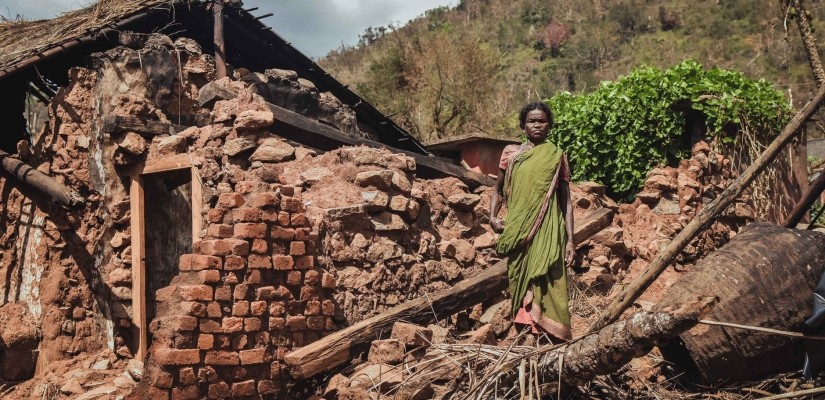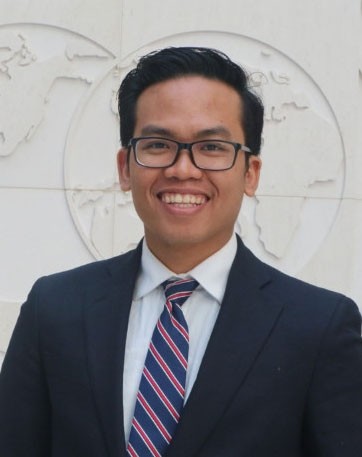Humanitarian assistance for natural disaster relief has become a global target for corruption. The Center for Global Development reported that 5 percent of global aid (roughly $8 billion) is stolen through corruption each year. This extraordinary number has shown that humanitarian crises are prone to be abused. A recent catastrophic earthquake in The Philippines as well as a devastating cyclone in Mozambique and Zimbabwe might be opportunities for individuals to steal money.
The report shows that corruption has contributed to the death toll in Puerto Rico through the impact of the late distribution of logistics, electricity and medical care. In Haiti’s 2010 earthquake, $13.5 billion in aid went to the country, but a US researcher found that only 44 percent of Haitians received aid. The Center for Global Development also discovered that Haiti’s government received only 1 percent of pledged humanitarian assistance and between 15 and 21 percent of long-term relief aid. Corruption in humanitarian assistance has likely happened in many other countries that suffered from disasters such as Somalia, Mexico, Indonesia, Pakistan, the Philippines. As a result, corruption in disaster relief has become a serious concern for donors and international humanitarian organizations.

Disaster recovery often encounters its own challenges because it is hard to accurately monitor. This phenomena can be seen during the distribution of aid in fragile states with weak law enforcement. Various frauds in disaster aid include bribery, kickbacks, facilitation payments, charitable donations, and collusion in procurement. The possibility for opportunistic crime becomes a magnet for government officials, field officers, NGOs, and private contractors who are involved in gathering and distributing aid.
International humanitarian agencies should implement anti-corruption strategies and policies through compliance programs and new innovations in technology. Anti-corruption compliance programs consist of providing sufficient skills for humanitarian communities to respond to circumstances. They should include practical and user-friendly materials that help people to understand what they should do to counter the problem of corruption. It is crucial to equip people with case-based materials that provide organizational and operational capacity by providing training plans and enhanced frameworks for communication, monitoring and auditing activities. Moreover, proper compliance programs will establish a culture of compliance and values-based learning among humanitarian communities that will help them understand their role and how corruption could affect the lives of other people.
In disaster situations, it is quite challenging to track and to investigate corruption. Thus, humanitarian assistance should seek innovative approaches to make aid distribution more accessible, transparent and accountable. The technology must store information and data, manage transactions, and enforce secure identification. For example, World Vision International’s Nepal Innovation Lab in Kathmandu has developed a blockchain technology called "Sikka" as a platform to distribute digital credits and other digital assets that can be exchanged for cash or goods through Short Message Service (SMS). This platform fostered financial inclusion among the rural population during the emergency situation after an earthquake hit Nepal in 2015. It allowed users to perform transactions with participating merchants to obtain goods supported by aid agencies and NGOs. Even though there was still a challenge in providing stable telecommunications and financial infrastructure, this online tool provided an effective and transparent system for distributing disaster relief. In addition, the United Nations World Food Programme developed a similar method to deploy logistics and to reach refugees in a camp in Jordan. This shows that new technology can provide alternative ways to minimize the risk of corruption. Nonetheless, valuable guidance and tools, better disaster preparedness, rigorous code compliance, and well-trained disaster-teams are essential to support the effective implementation of technological approaches.
From this outset, international organizations should continue to support humanitarian innovation and strengthen partnerships with stakeholders such as local NGOs, local governments, and private sector entities by providing capacity-building measures for managing corruption risk in disaster relief. Although the use of innovation and technology in blockchain is promising new distribution systems that reduce the risk of corruption, the government must also provide adequate regulations to ensure that the technology is used to deliver aid properly.
